Putting Bikes Where Our Values Are
30 Dec 2016
Could bicycling to the places we need to go solve many of the county’s problems?
It did in Dorsten, Germany, which is comparable in size to our city.
By Kerstin Lieff Some may say we’re dreamers. But a Boulder County without a brown cloud, traffic jams and car noise could be in our not-so-distant future. Other communities have attained that dream. There’s little reason we can’t do it here, too.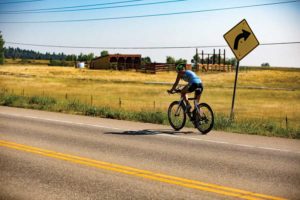
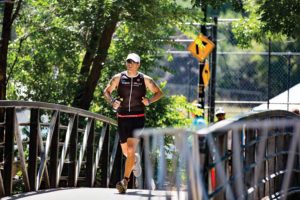
The Little City That Could
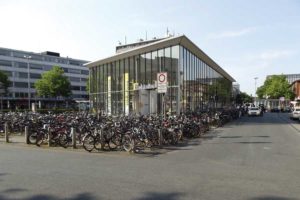
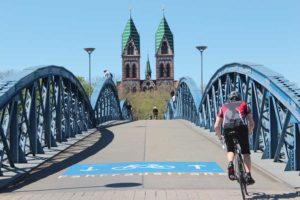
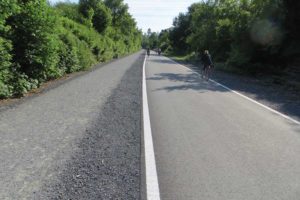
 Kerstin Lieff is the 2013 Colorado Book Award-winning author of Letters from Berlin: A Story of War, Survival, and the Redeeming Power of Love and Friendship.
Kerstin Lieff is the 2013 Colorado Book Award-winning author of Letters from Berlin: A Story of War, Survival, and the Redeeming Power of Love and Friendship. 











